In October 2018, I had a fantastic opportunity to use a pre-production version of the Fujinon 200mm f/2 lens. It also coincided with the date of one of my Rural Northumberland Birds of Prey wildlife photography techniques days. In a nutshell, my thoughts were that the lens is incredible, the sharpness and also the smoothness of the out of focus ‘bokeh’ is second to none. You can read more of my thoughts about my experiences here.
On the run up to the lens being available, I had read a lot of criticism that it was never going to be a wildlife photographer’s lens. The focal length was just too short, apparently. To an extent, I did sympathise with this point of view. Here in the UK, most of our wildlife is small timid birds which can be difficult to get close to.
However, wildlife is an international subject and elsewhere, wildlife presents itself in vastly different sizes and at very different distances. Also, wildlife photography isn’t just about close-up frame filling portraits either. It’s as much about photographing a subject in the context of its habitat, interesting surroundings and relationships between species too.
So, roll the clock forward into 2019 and I was again presented with an opportunity to use this lens… In Africa! I said ‘Yes please’, obviously!

‘Kisaru’, female Cheetah. Photographed with the Fujifilm X-H1 & Fujinon 200mm f/2 & 1.4x f/2 converter. (1/320, f/7.1, ISO800, 280mm)
After using the Fujinon 200mm f/2 and 1.4x f/2 converter each day in Kenya’s Masai Mara, I am still in awe of this incredible lens. I can’t really add anything more to what I have already said in my previous blog post of using the pre-production version, here. Instead of re-iterating the same praise, here is a selection of photographs using the Fujifilm X-H1 camera body with the Fujinon 200mm f/2 lens, with and without the 1.4x f/2 teleconverter.
Many thanks to Laura, Pete, Andreas and Theo at Fujifilm UK for their continued support.
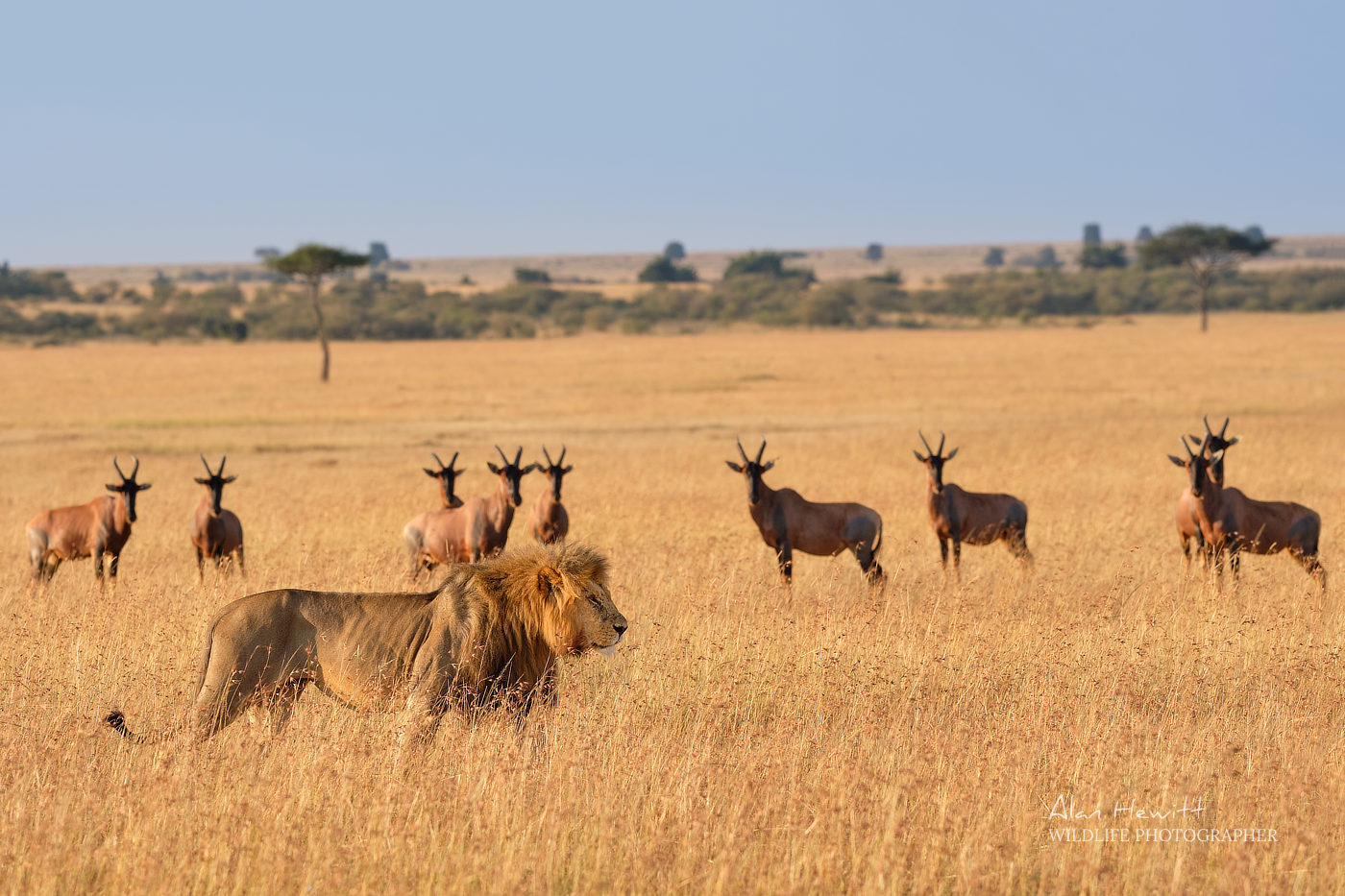
Male Lion ‘Barikoi’ of the Lemek Pride keeping a herd of Topis on their guard. Photographed with the Fujifilm X-H1 & Fujinon 200mm. (1/600, f/5.6, ISO500, 200mm)

Mating Ostrich (yes, there is a female underneath there!), Photographed with the Fujifilm X-H1 & Fujinon 200mm f/2 & 1.4x f/2 converter. (1/500, f/8, ISO640, 280mm)
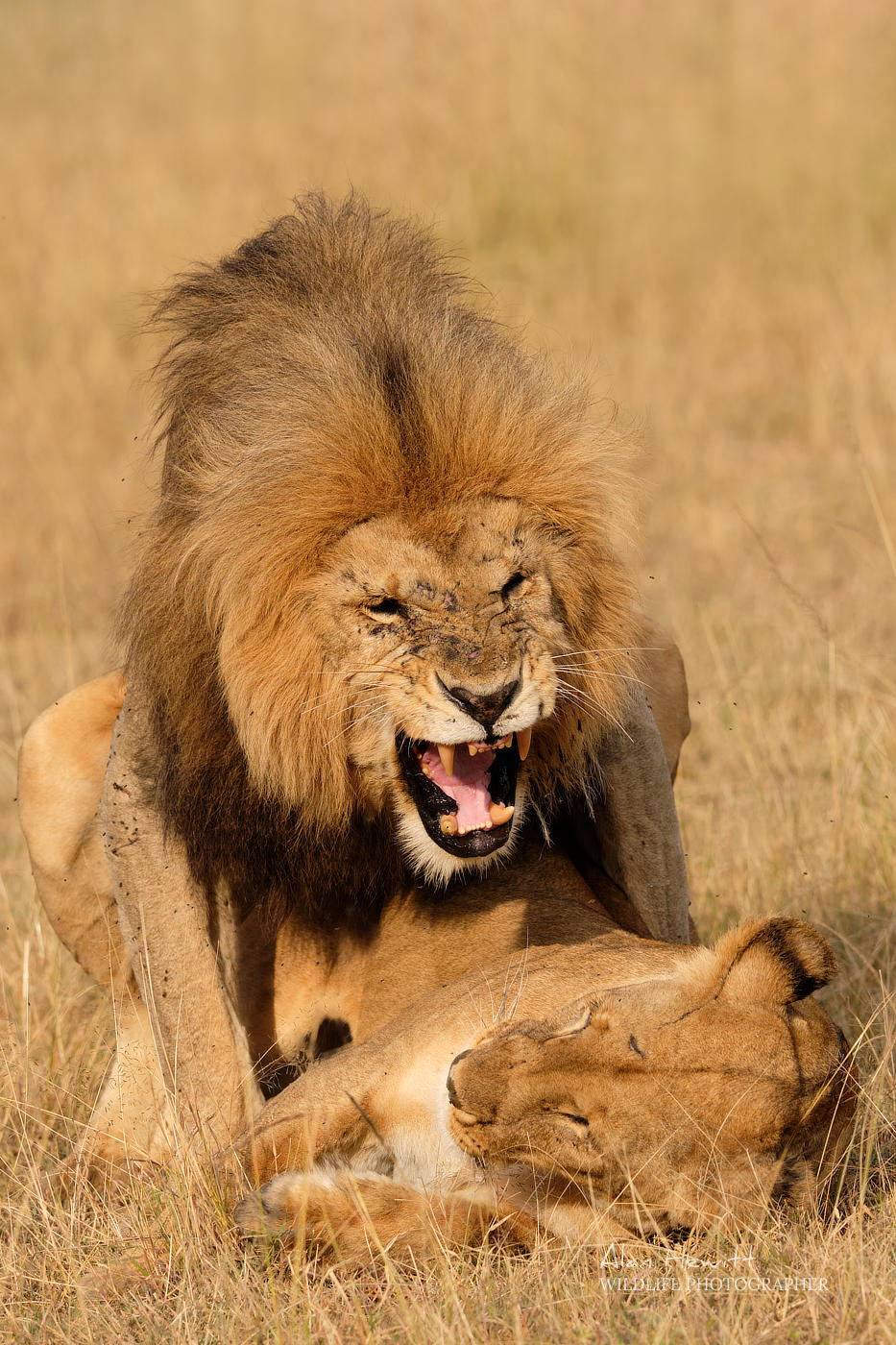
Male Lion ‘Barikoi’ of the Lemek Pride, mating with a less enthusiastic Lioness. Photographed with the Fujifilm X-H1 & Fujinon 200mm & 1.4x f/2 converter. (1/950, f/6.4 ISO640, 280mm)
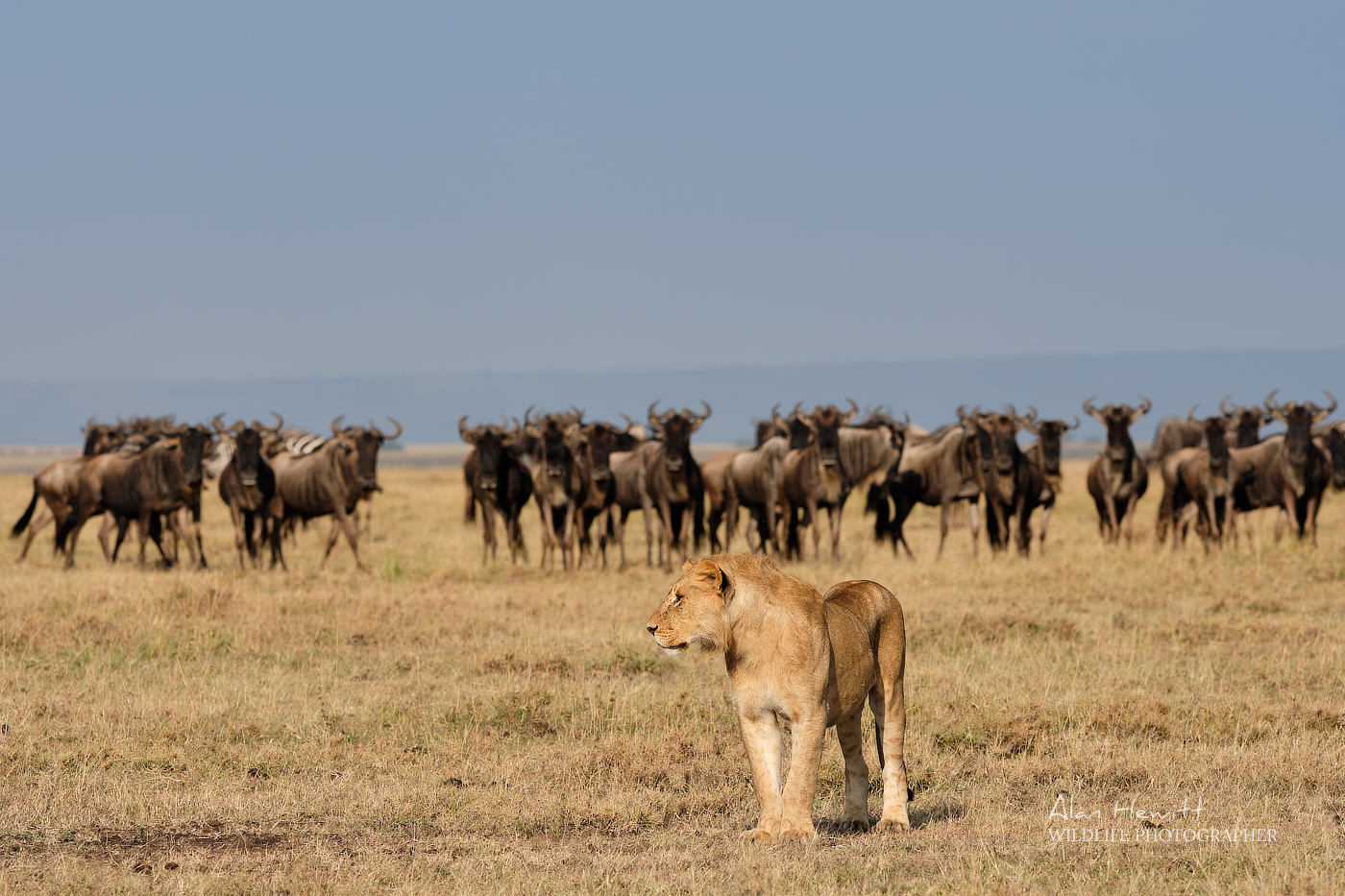
Sub-adult male Lion of the Lemek Pride. Photographed with the Fujifilm X-H1 & Fujinon 200mm. (1/1100, f/5.6 ISO320, 200mm)
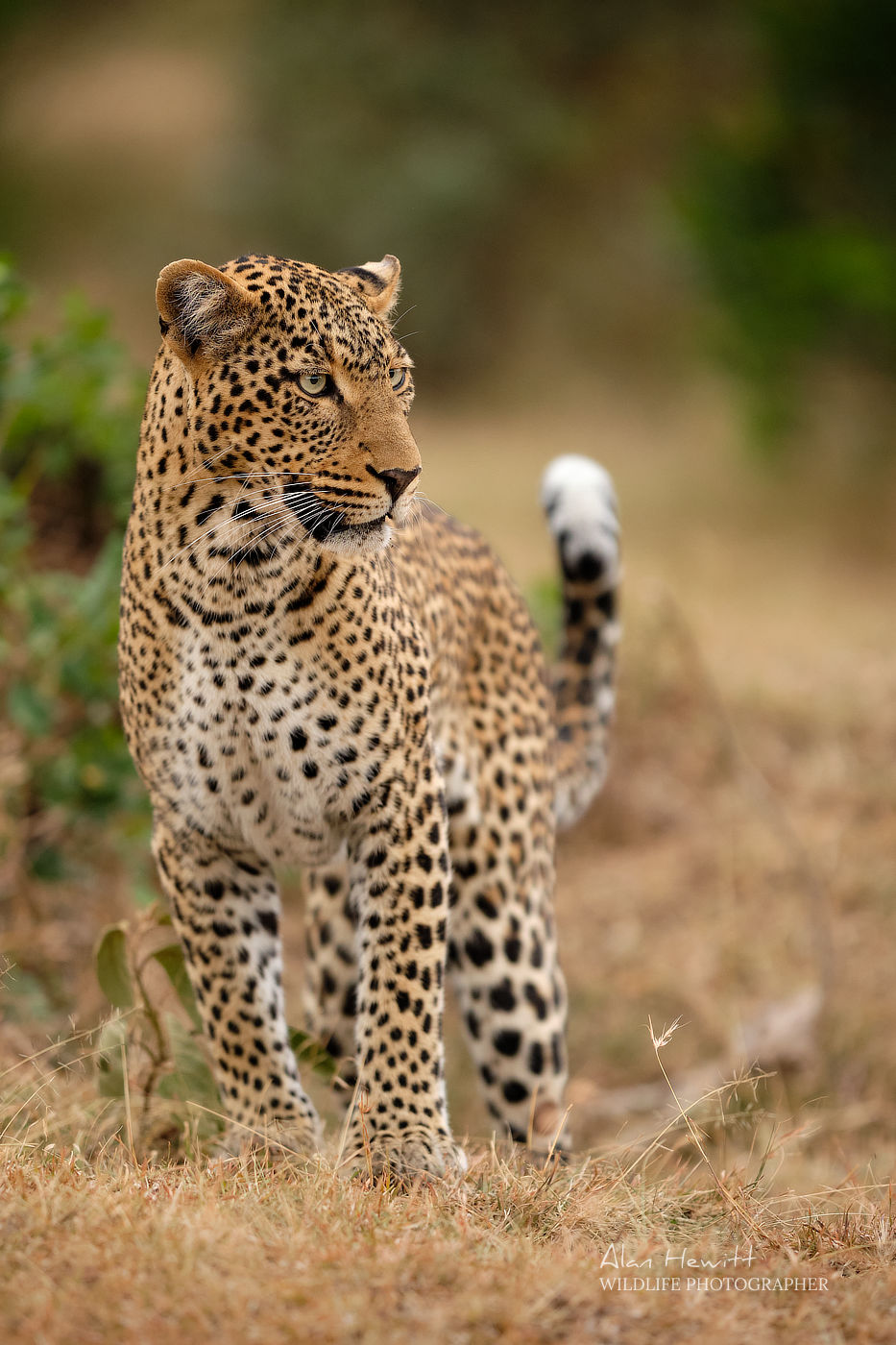
Female Leopard, Ol Choro Conservancy. Photographed with the Fujifilm X-H1 & Fujinon 200mm f/2. (1/640, f/2, ISO1000, 200mm)

Lioness of the Lemek Pride. Photographed with the Fujifilm X-H1 & Fujinon 200mm f/2 & 1.4x f/2 converter. (1/500, f/2.8, ISO500, 280mm)

Male Lion ‘Barikoi’ & Lioness. Photographed with the Fujifilm X-H1 & Fujinon 200mm f/2 & 1.4x f/2 converter. (1/950, f/2.8, ISO250, 280mm)
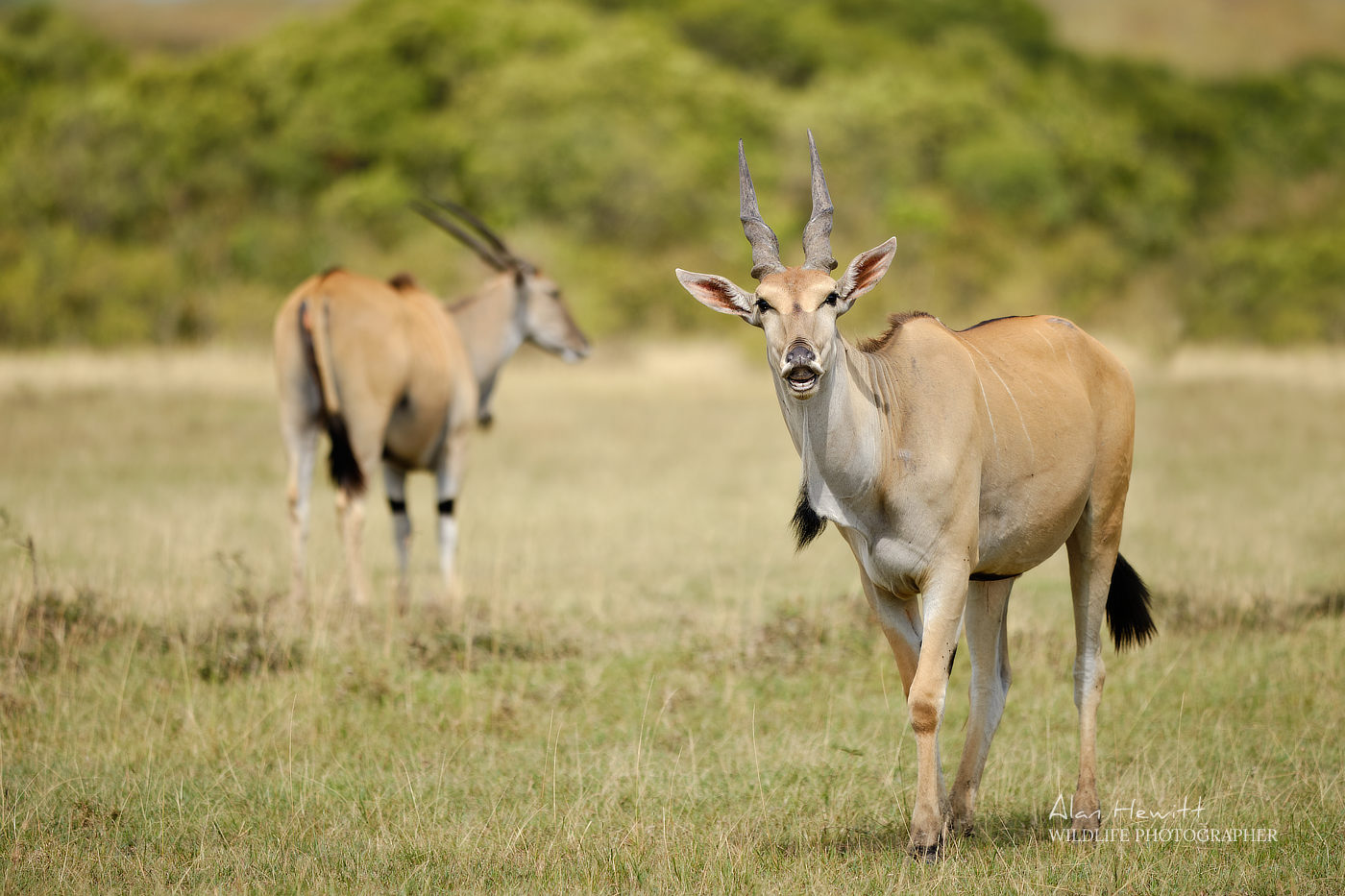
Eland, Enonkishu Conservancy. Photographed with the Fujifilm X-H1 & Fujinon 200mm. (1/2500, f/2, ISO160, 200mm)
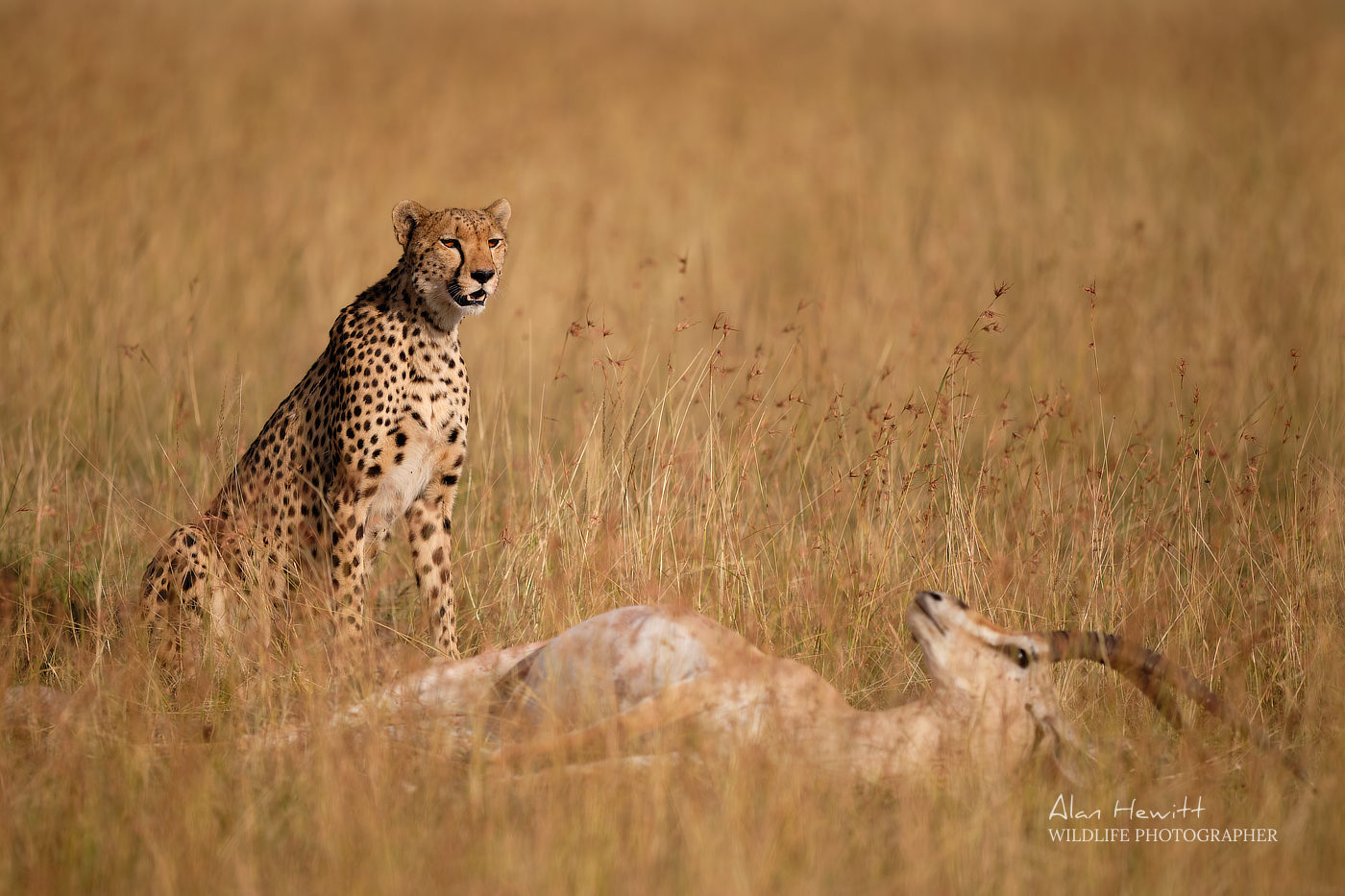
Female Cheetah, ‘Kisaru’ & Grant’s Gazelle prey. Photographed with the Fujifilm X-H1 & Fujinon 200mm. (1/3800, f/2, ISO200, 200mm)
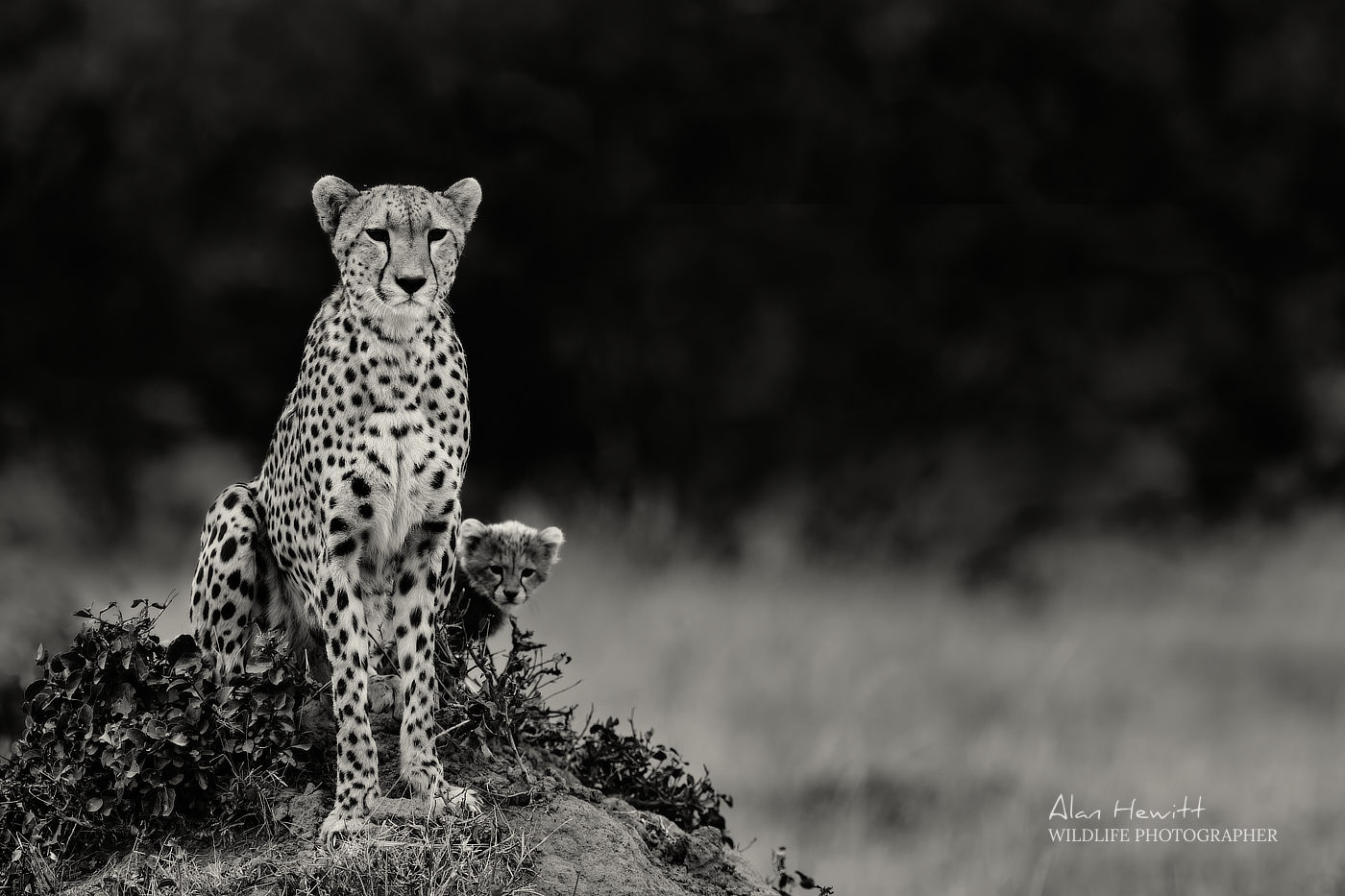
Female Cheetah, ‘Kisaru’. Photographed with the Fujifilm X-H1 & Fujinon 200mm f/2 & 1.4x f/2 converter. (1/2200, f/2.8, ISO400, 280mm)



I’ve read about your wildlife photography and you often say you like the zoom lenses in places like this. Do you now prefer a prime? Which worked better?
I like using both, if I oculd only take one lens though it would be the 100-400mm for versatility.
I own this lens and love to use it on black grouse lek and other low light subjects. A couple questions.
1. Can I use this lens with the included teleconverter and then add another 1.4x tc for more reach?
2. Do you know if Fujifilm is working on improving autofocus for birds in flight?
Regards
Willy from Norway
Hi, sorry I’ve never stacked converters so I have no idea if it will work or how it will affect functionality. The X-T3 and X-T4 are already excellent for birds in flight and I’m pretty sure they are constantly working on ongoing improvements!